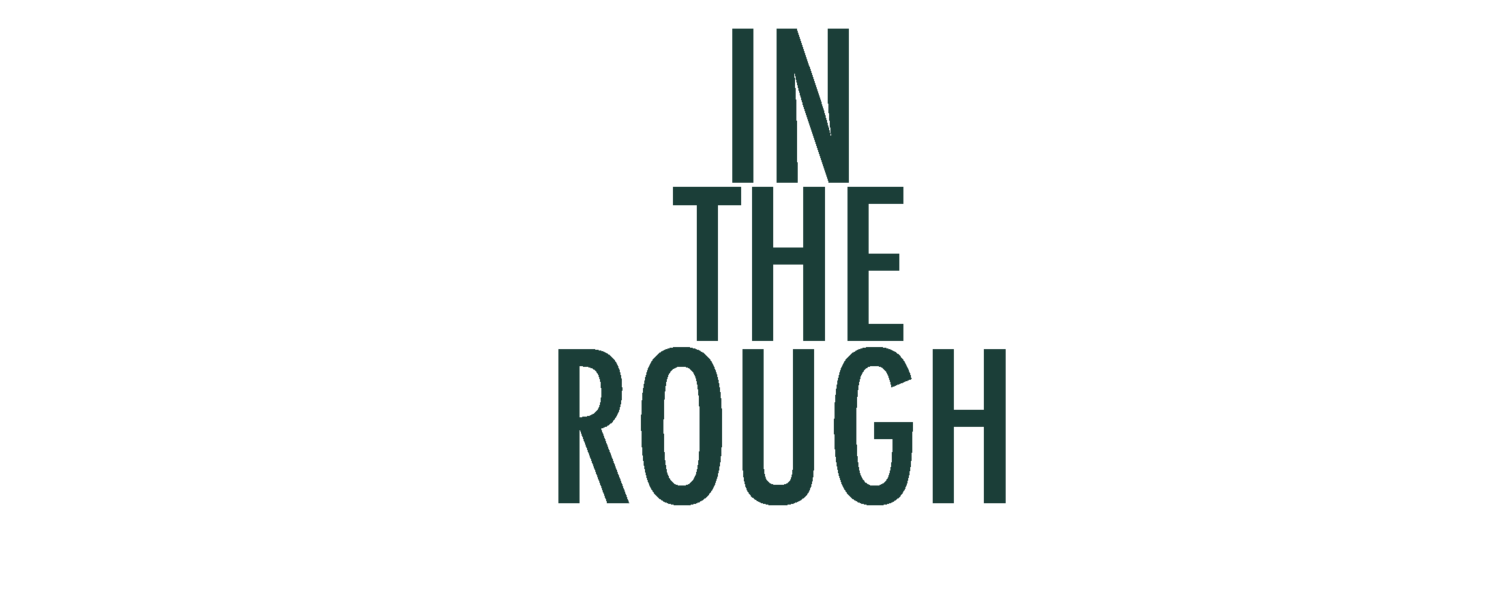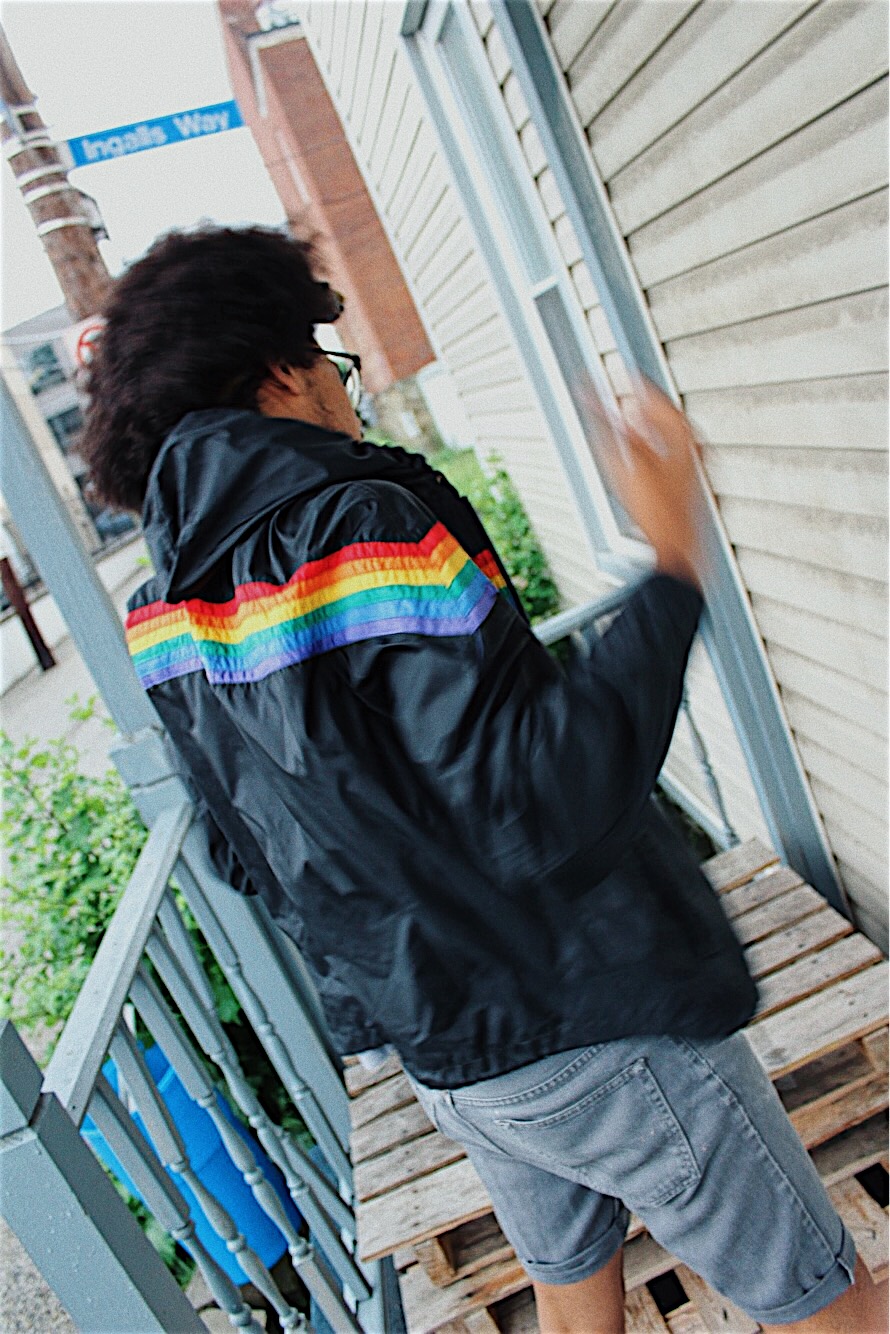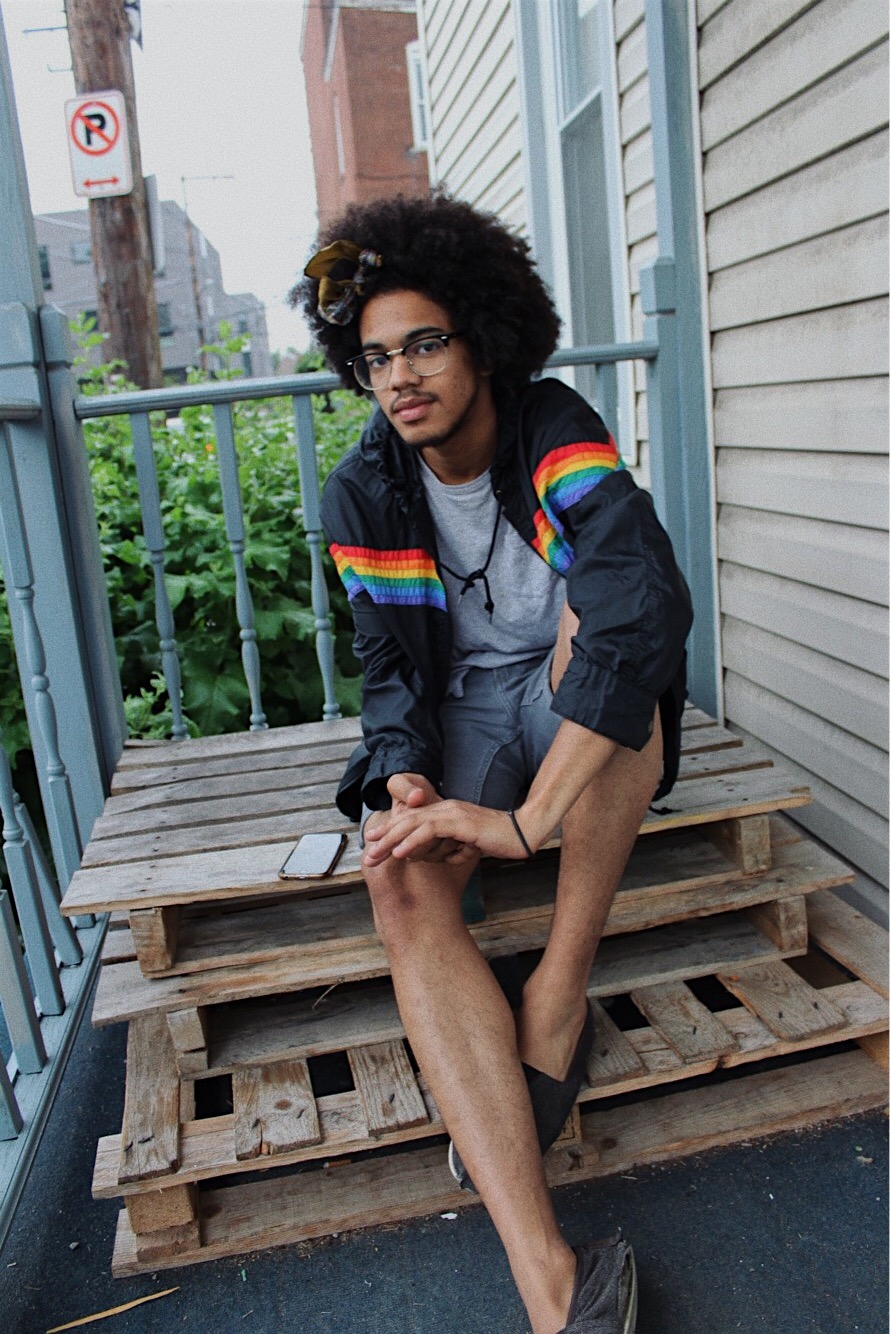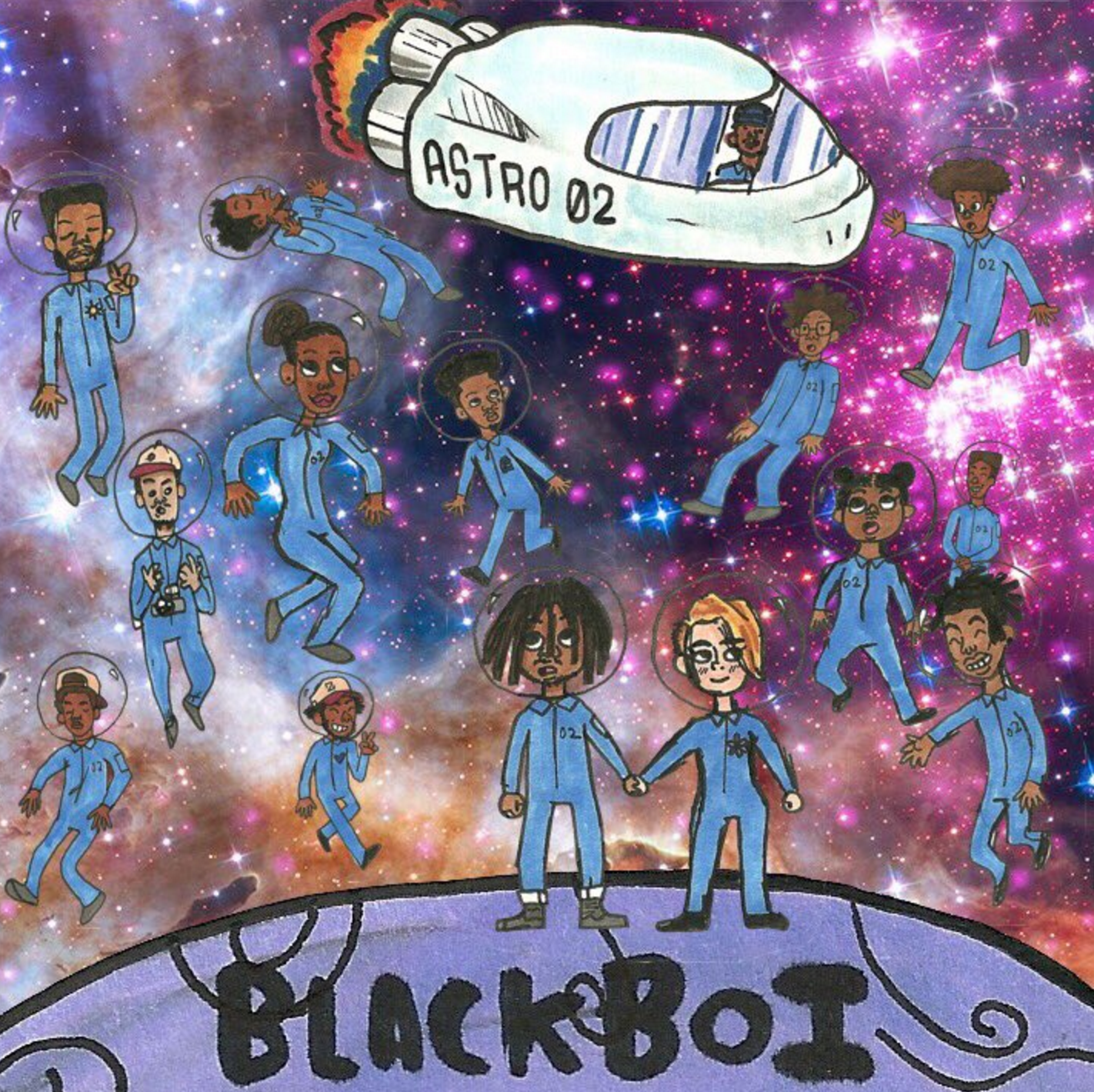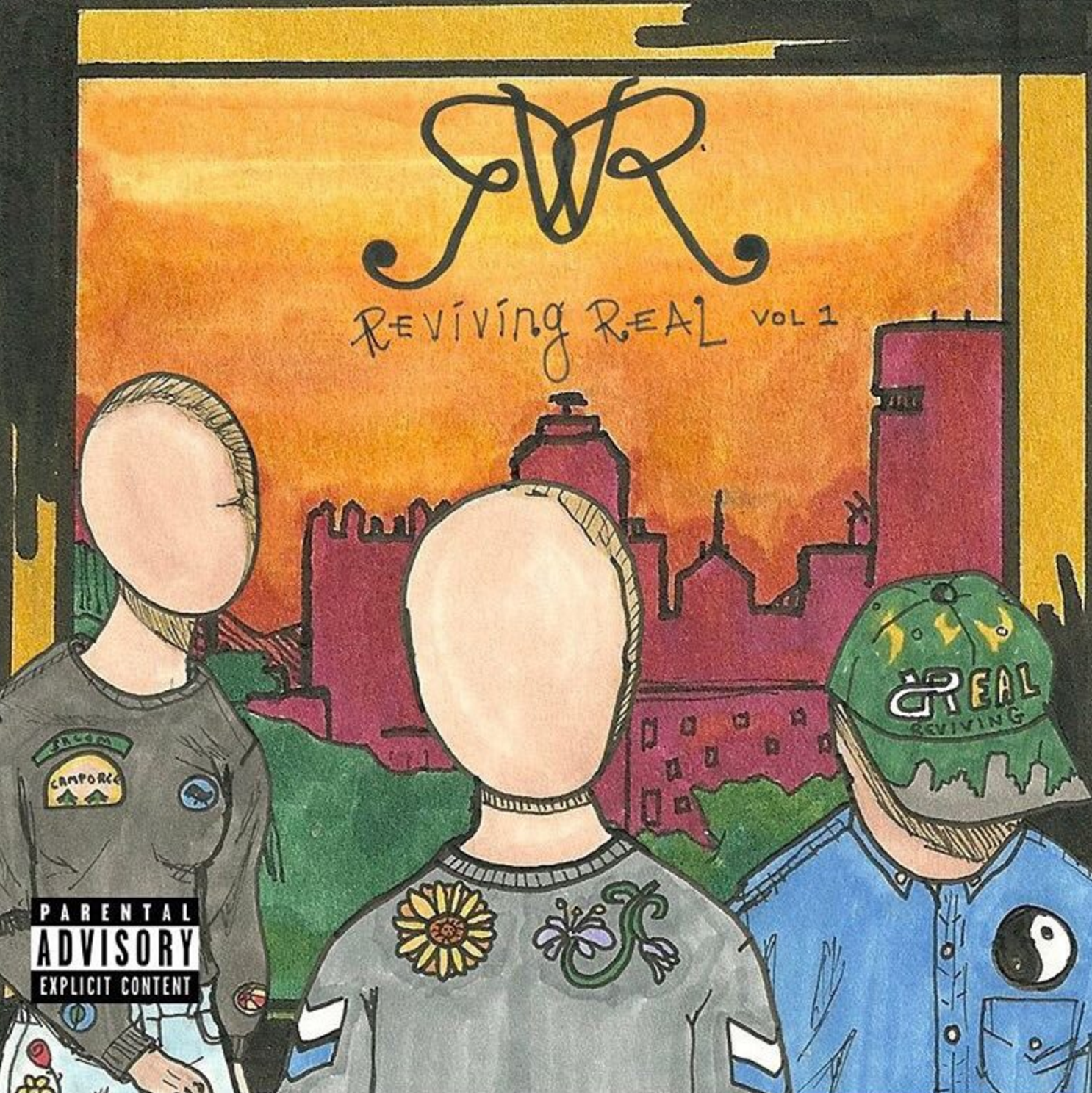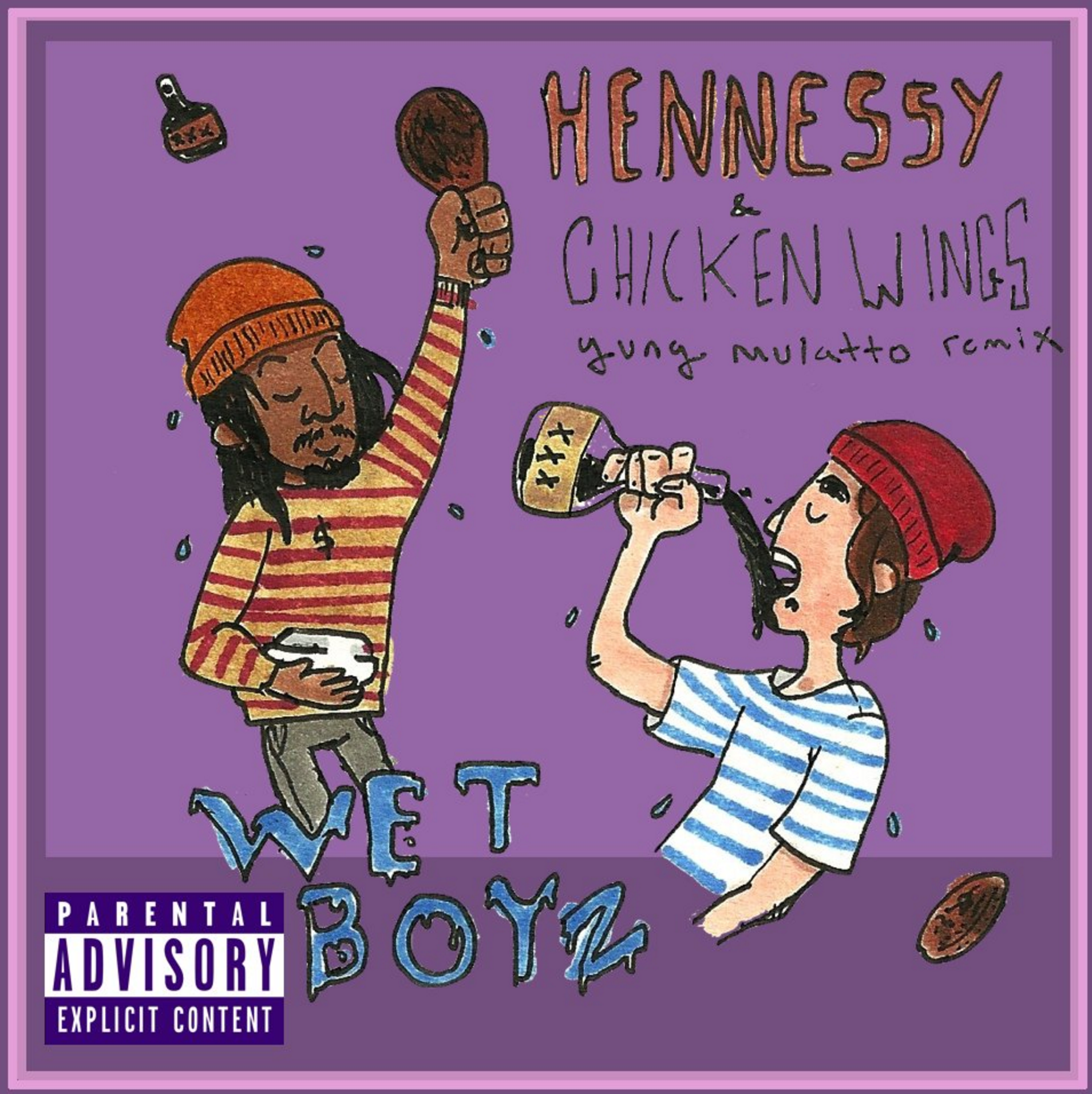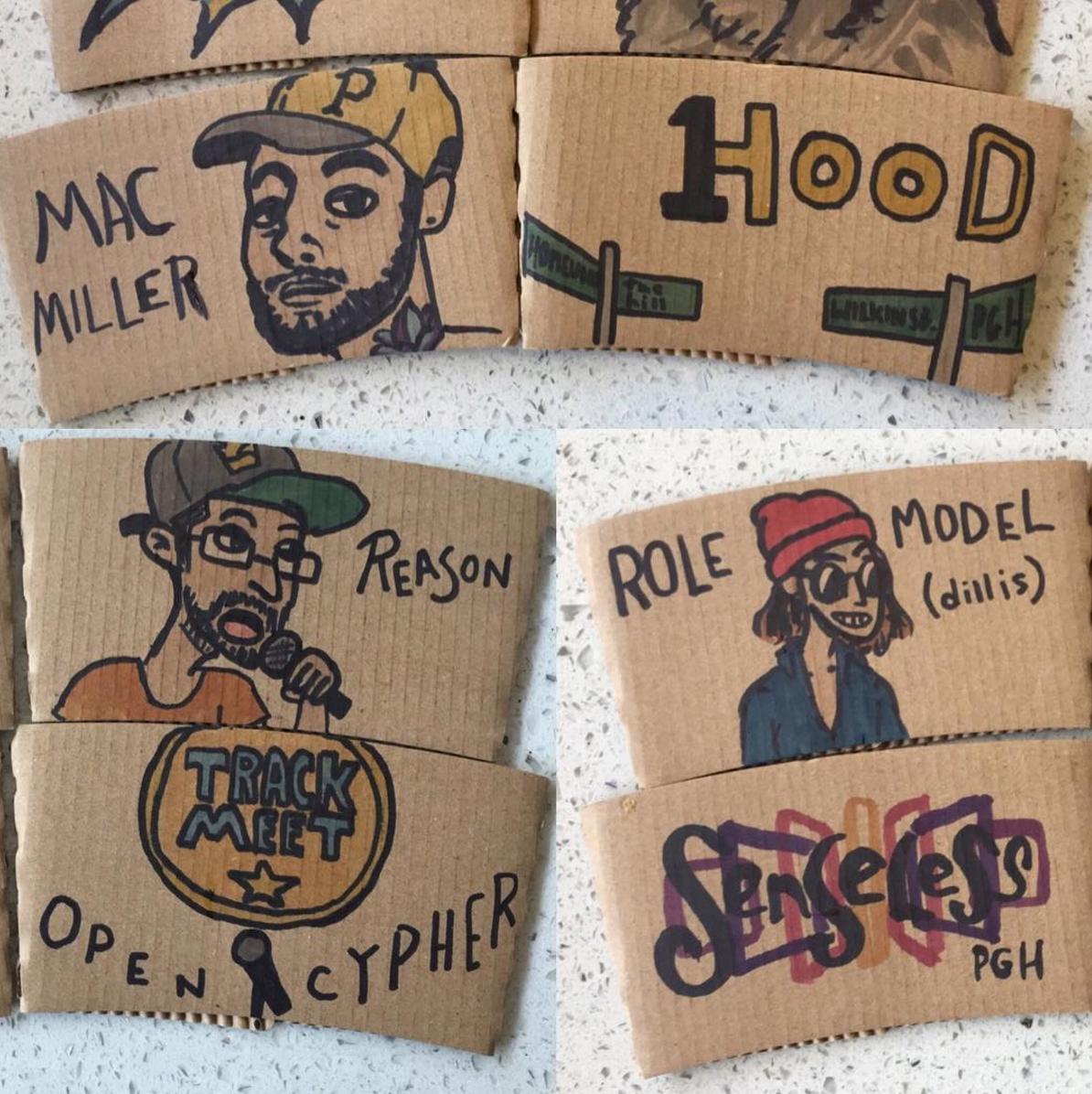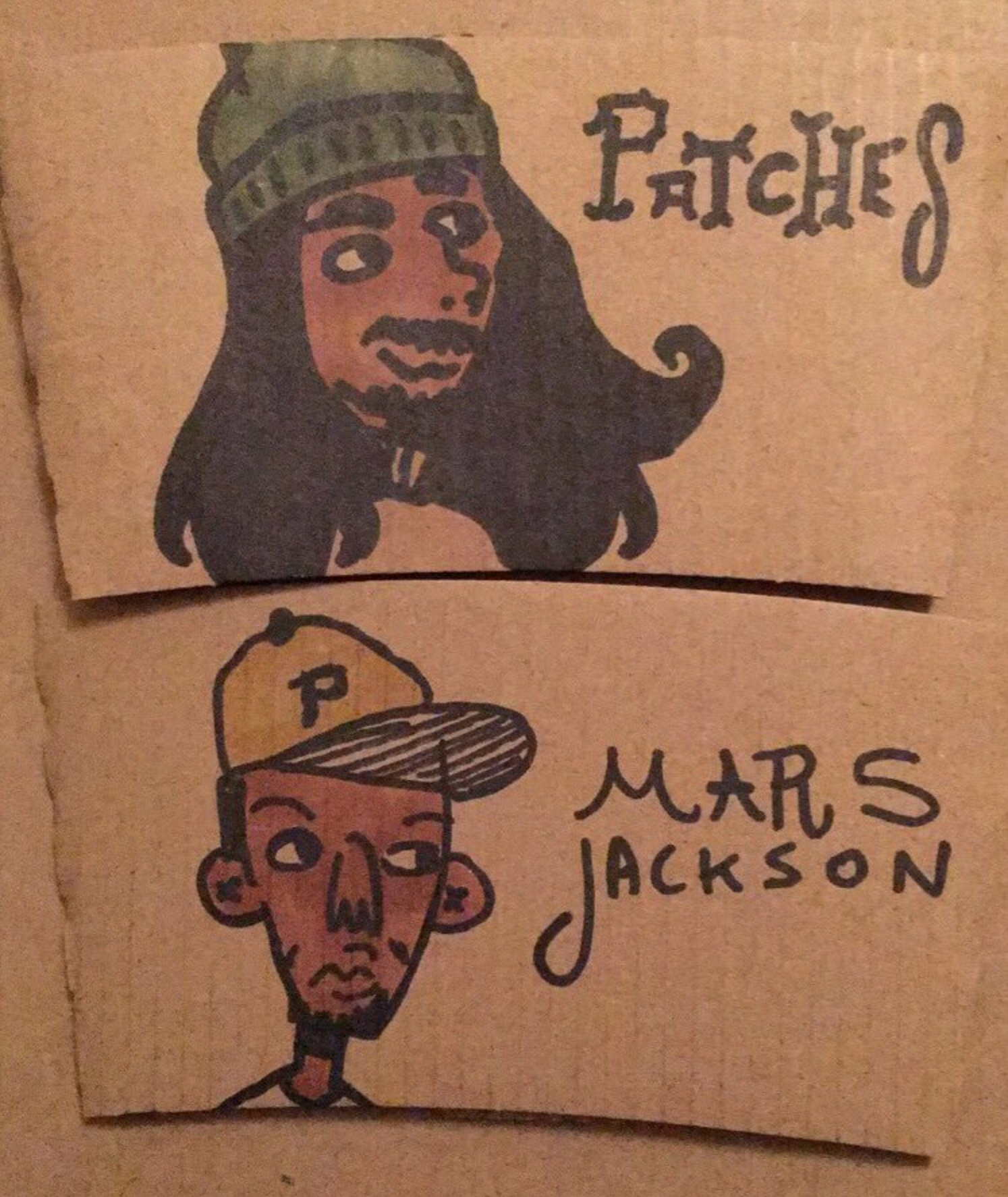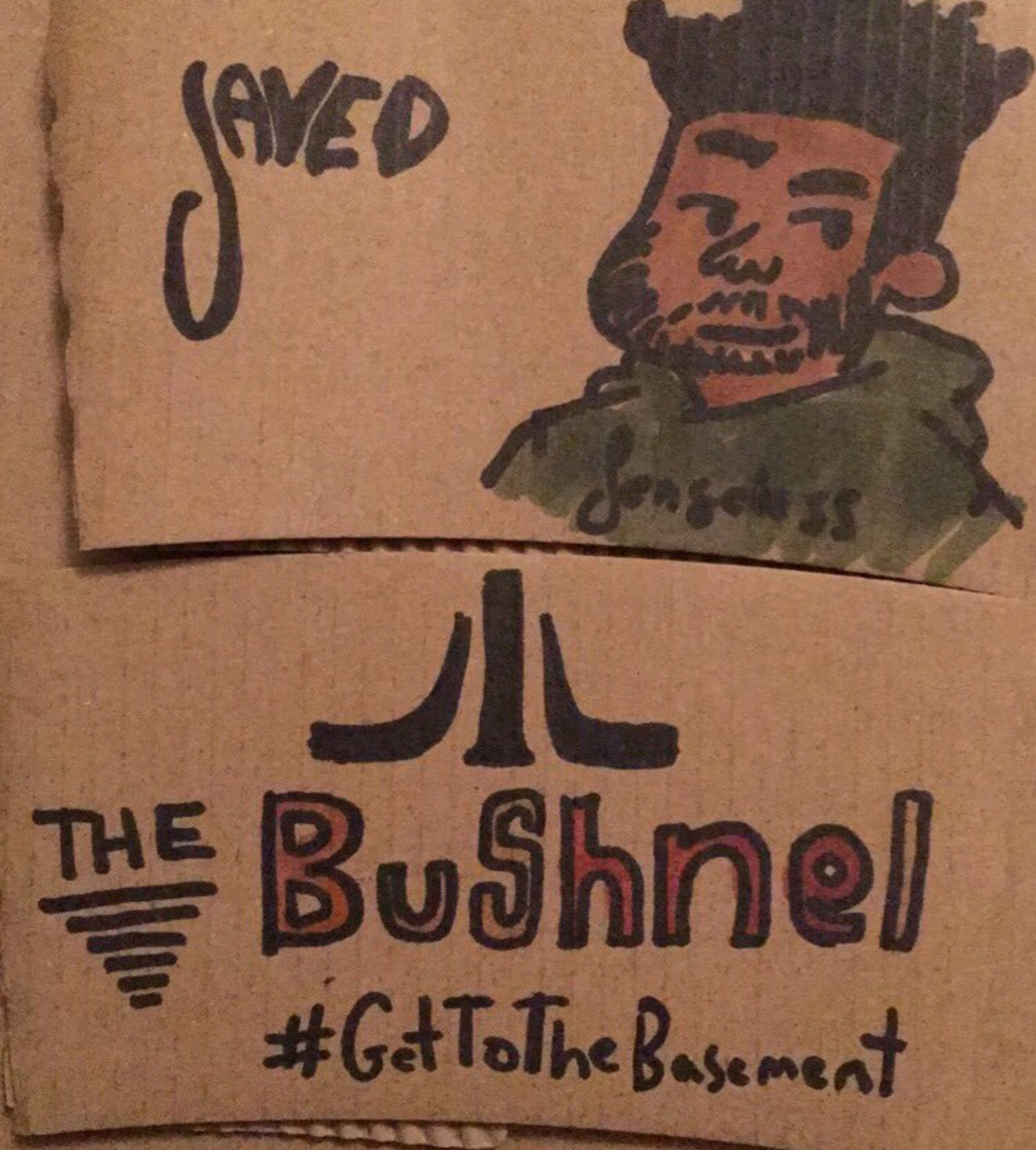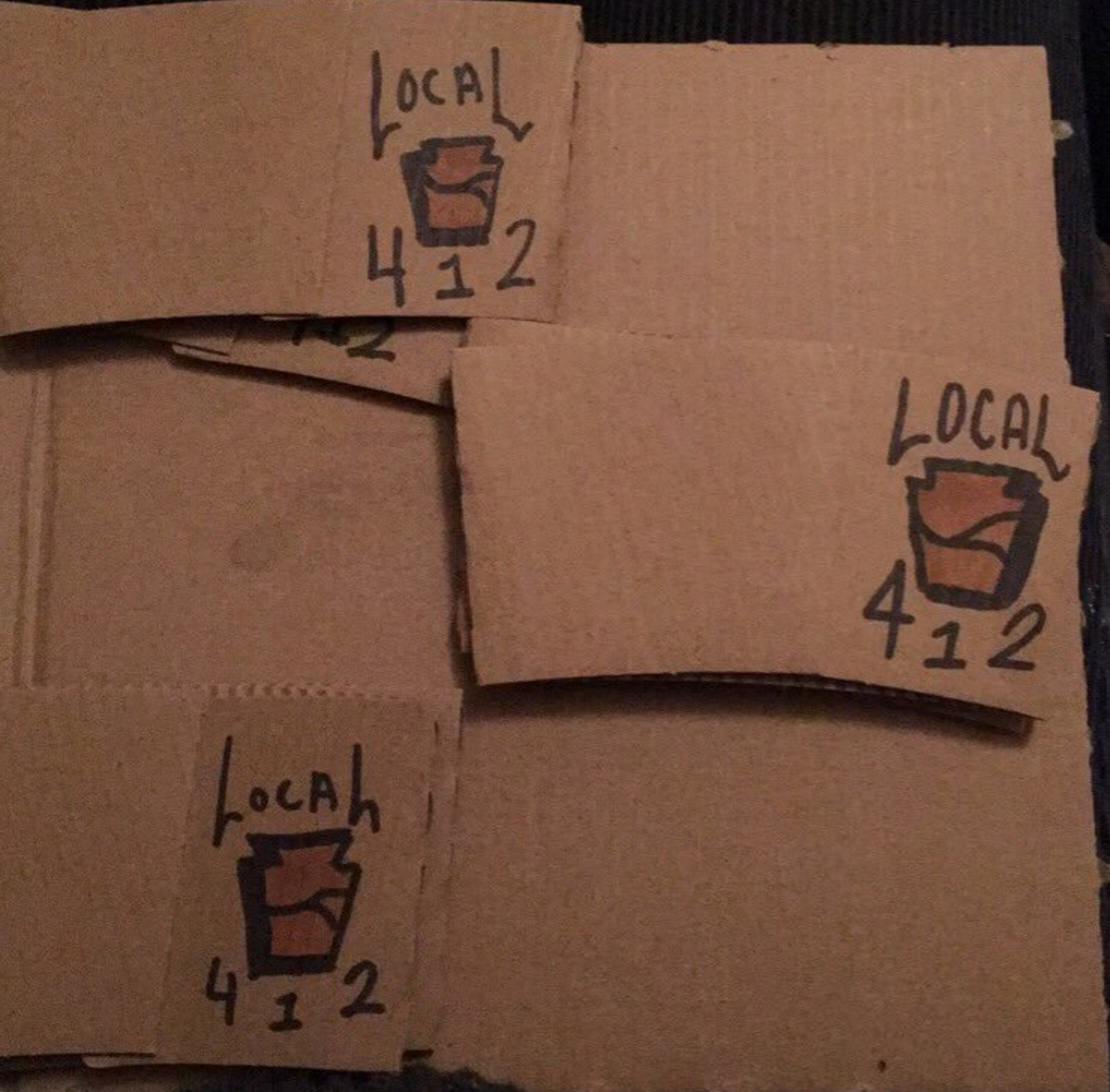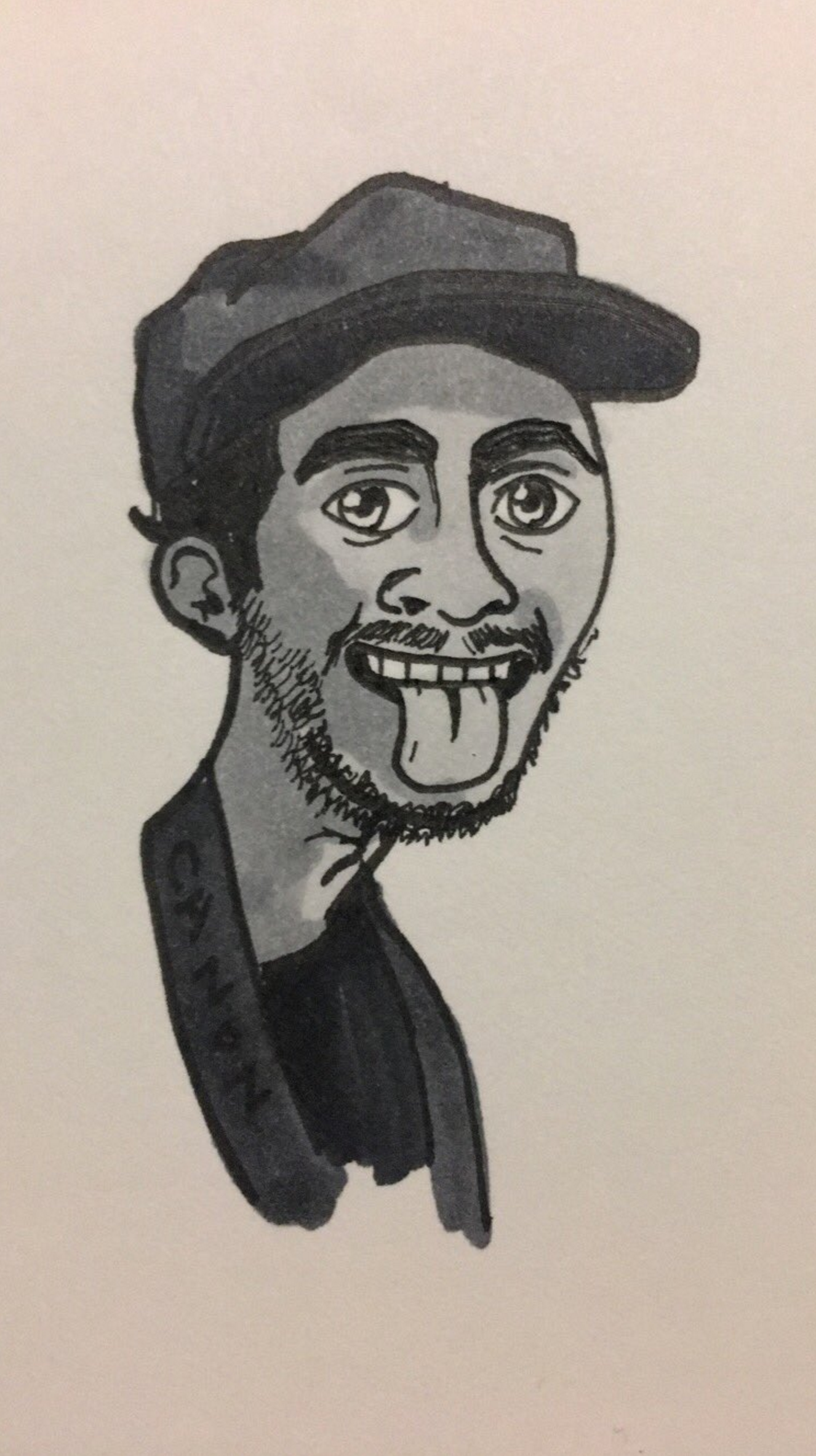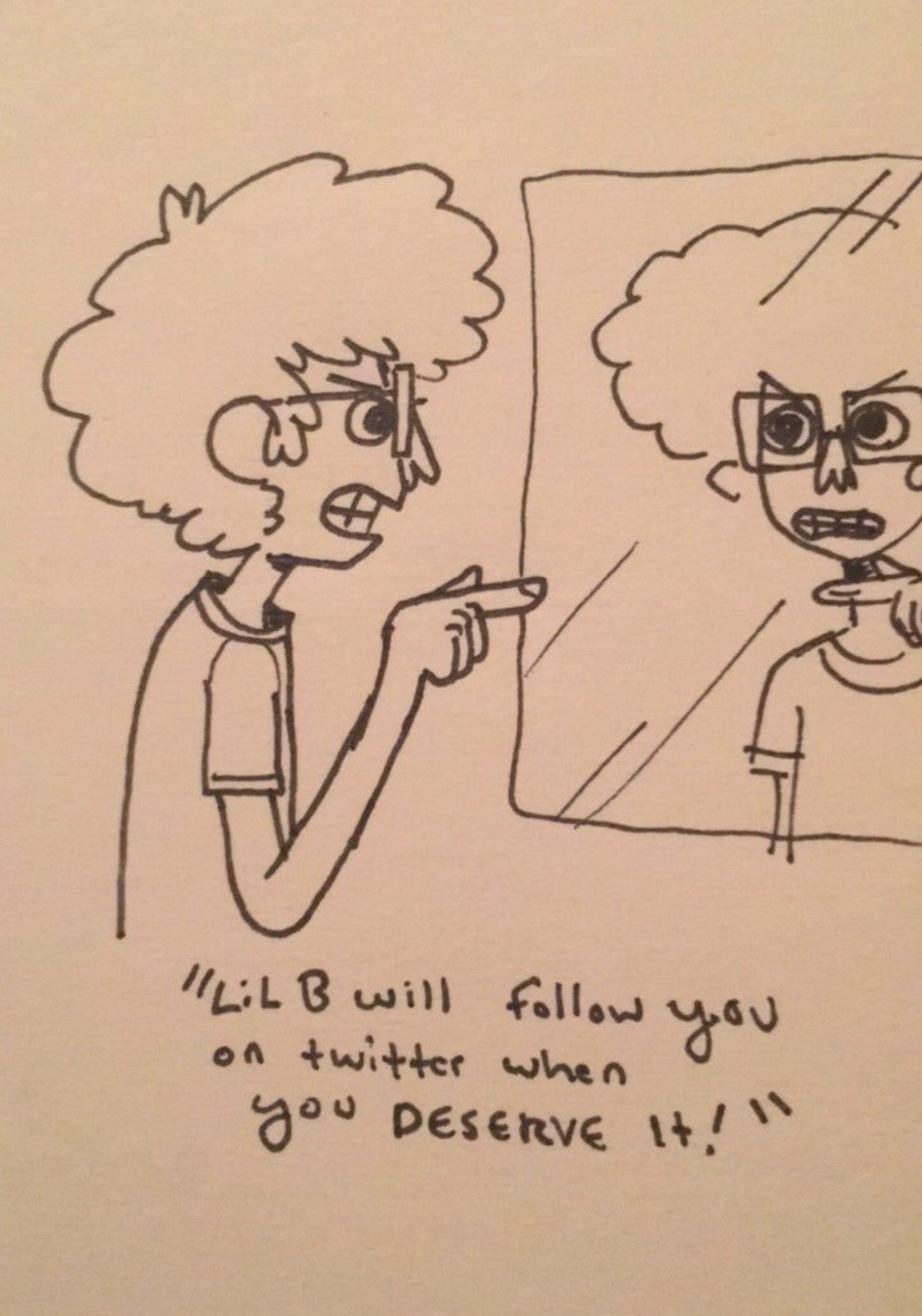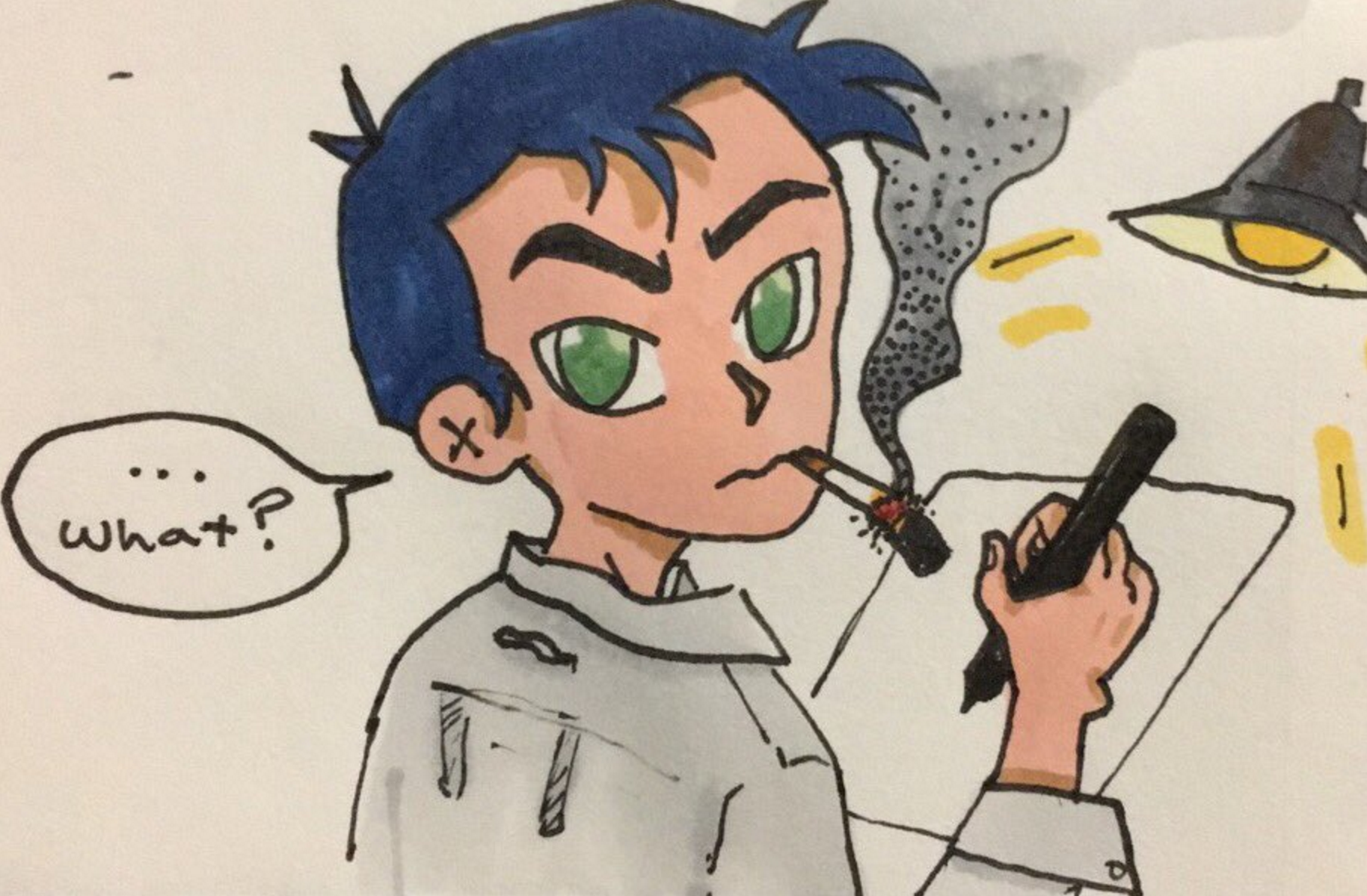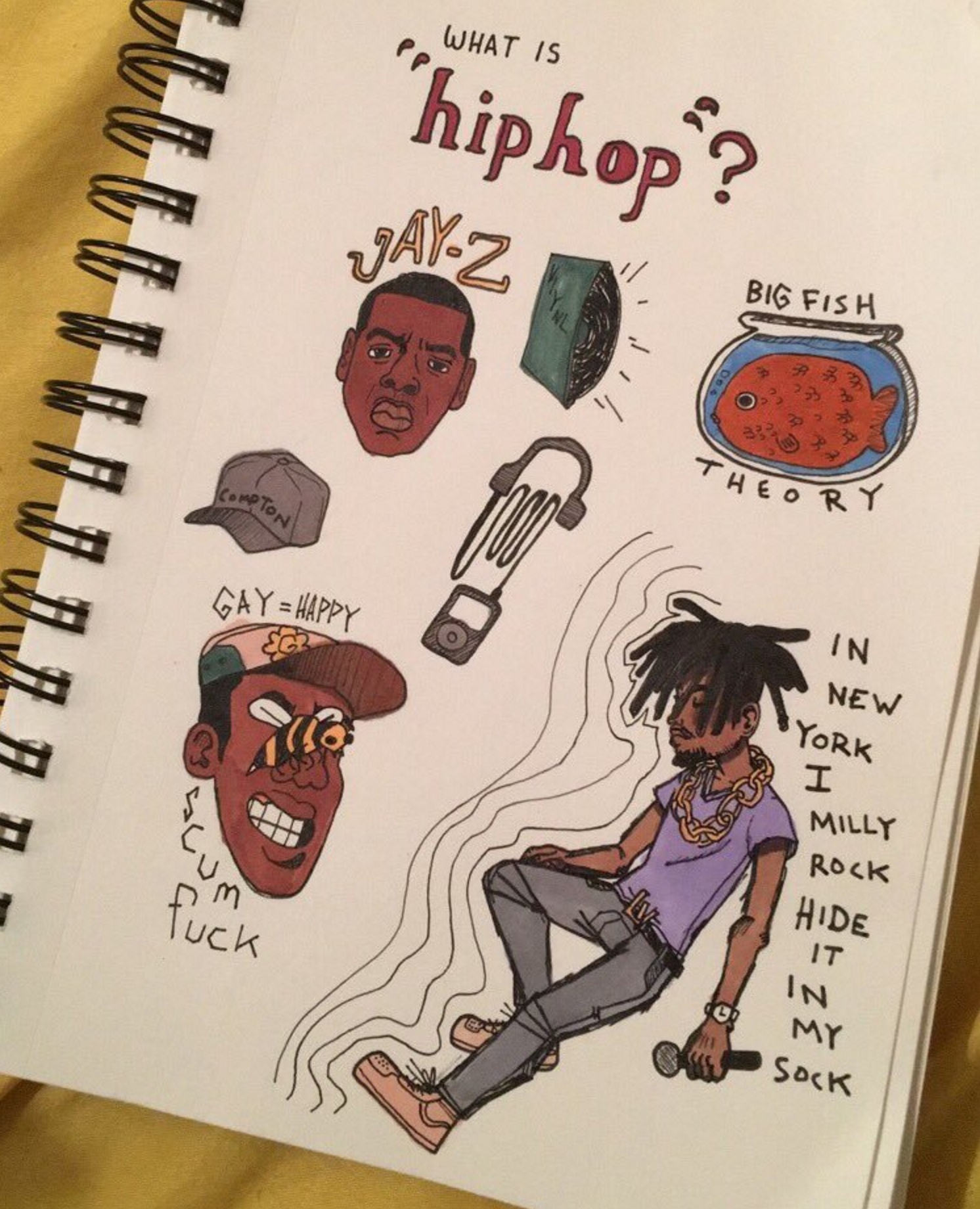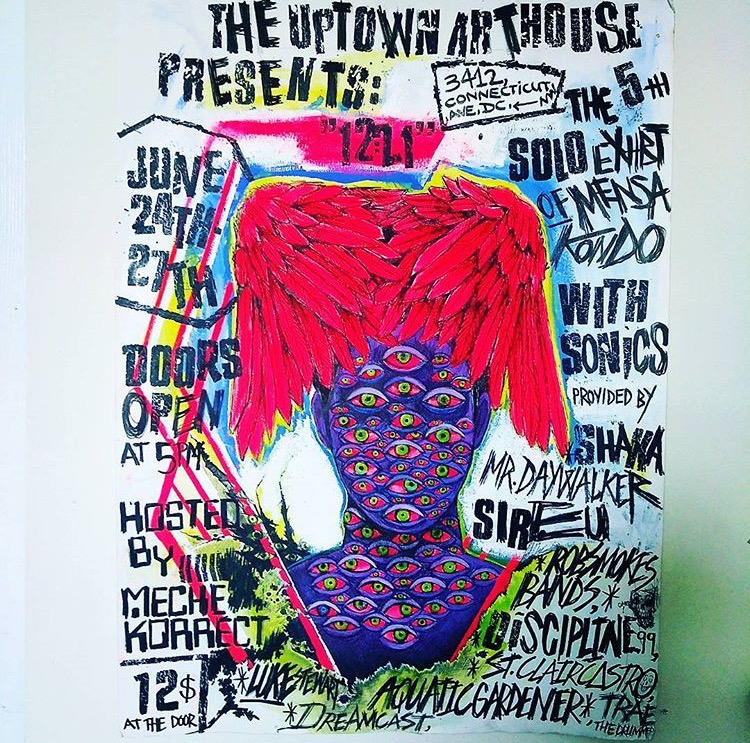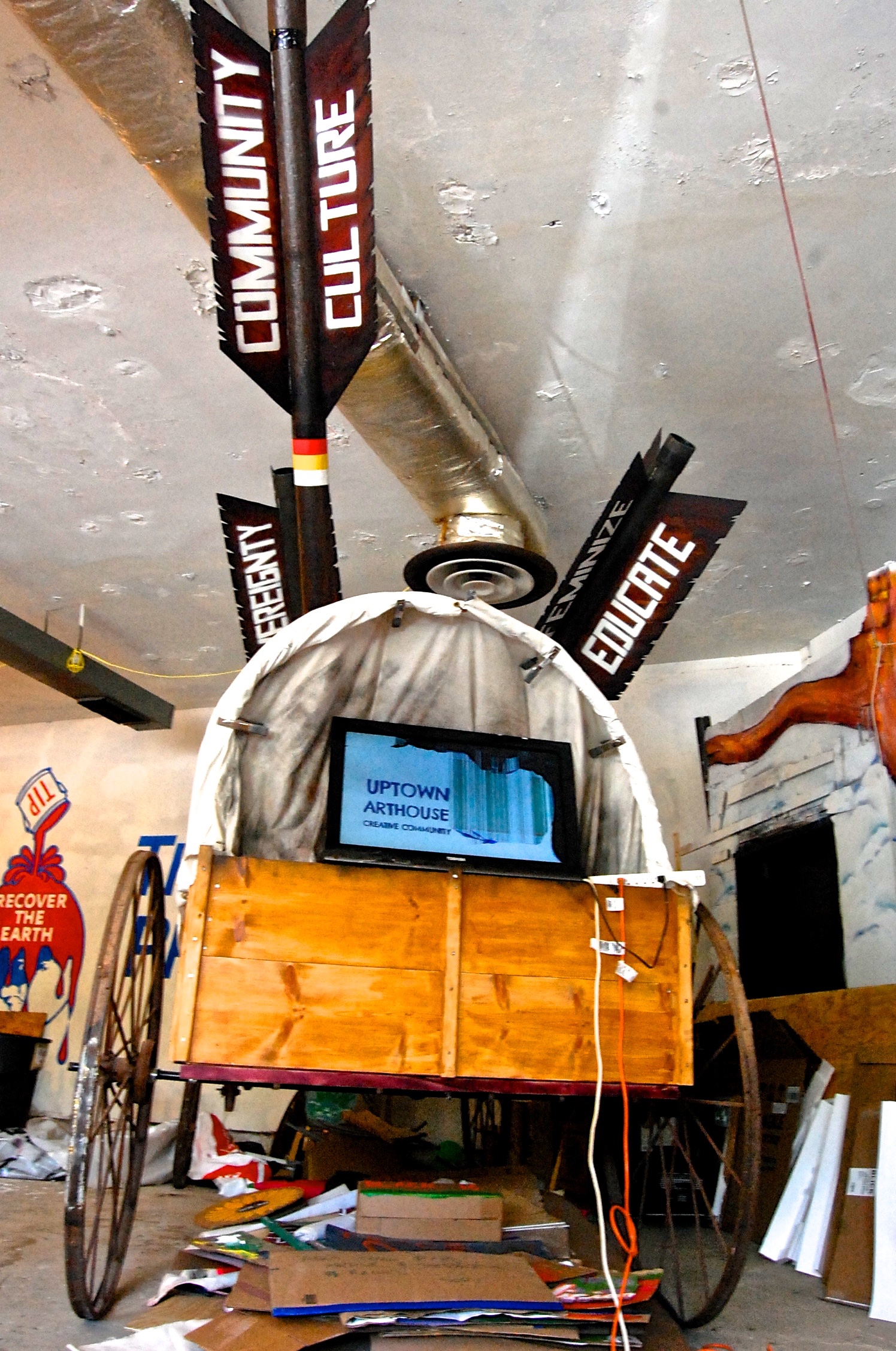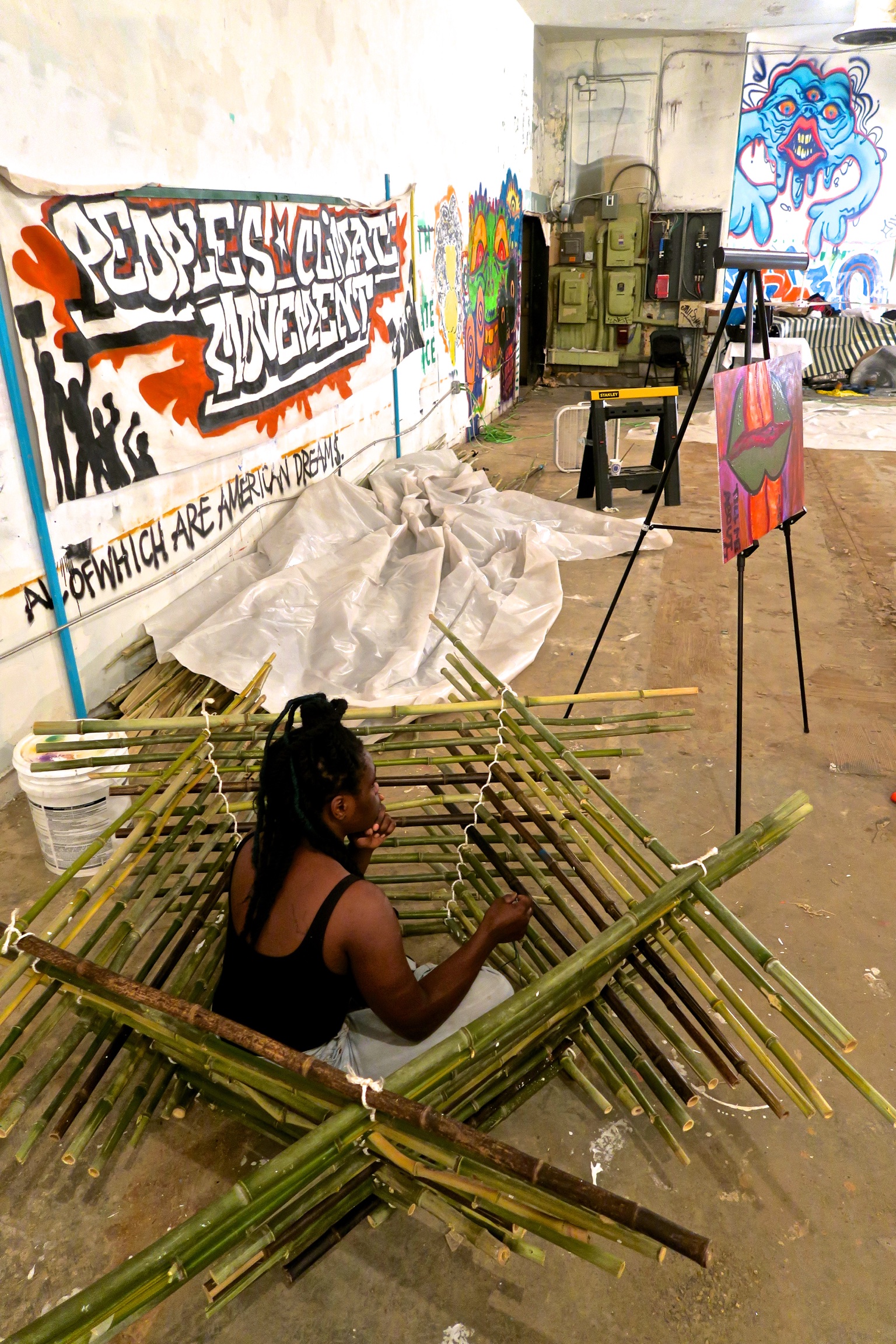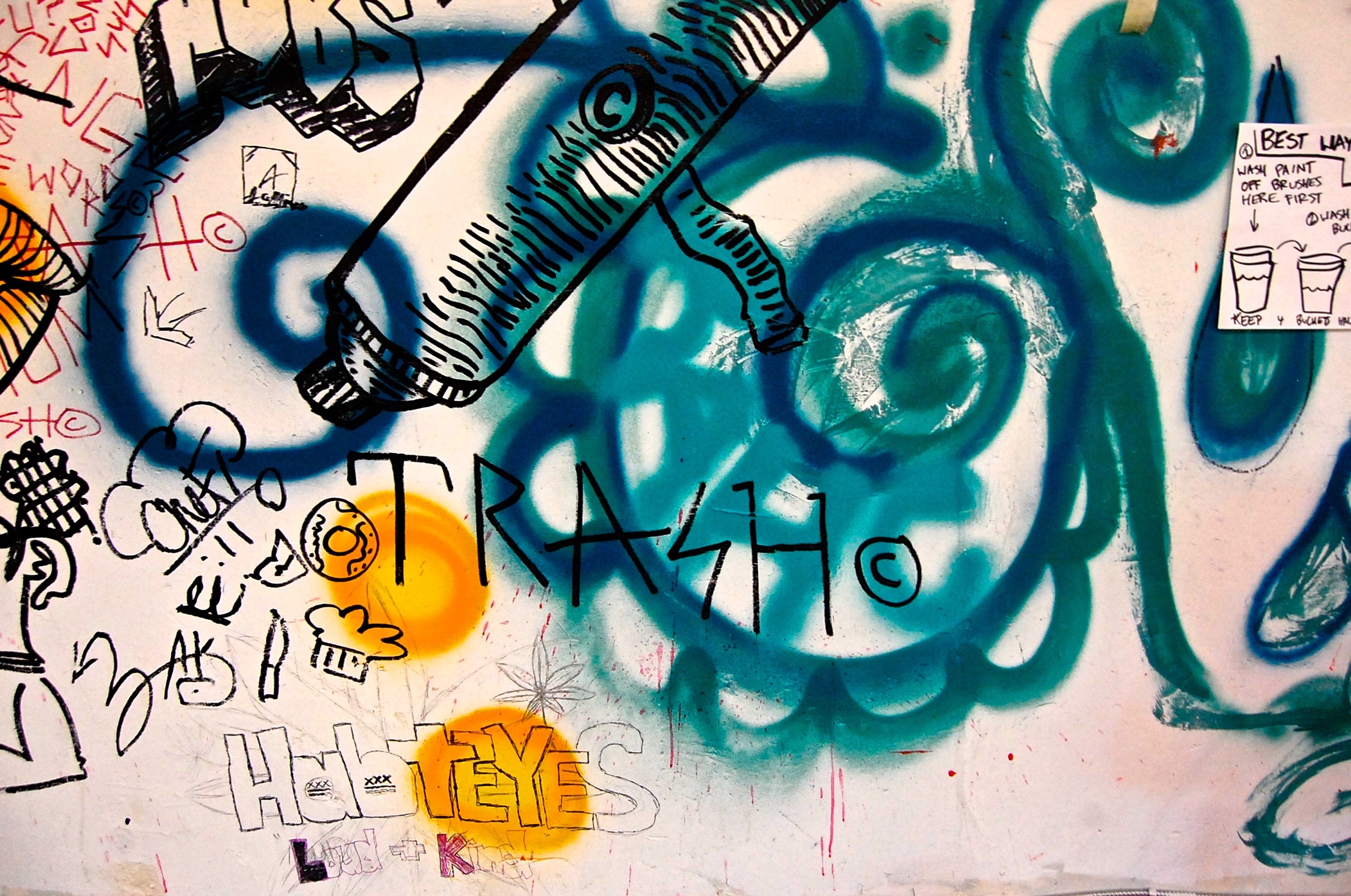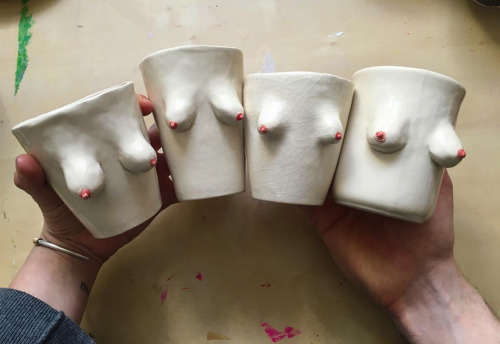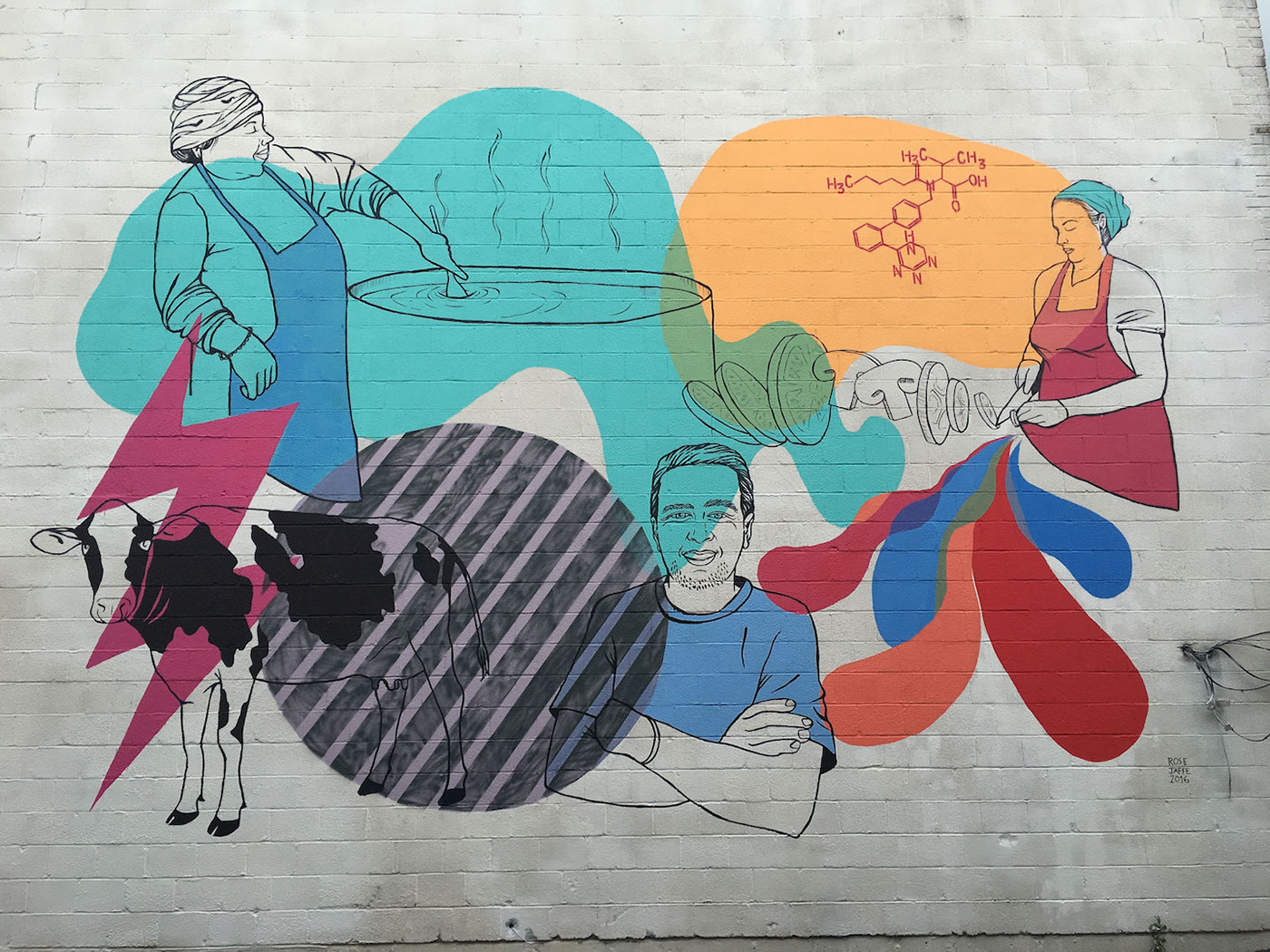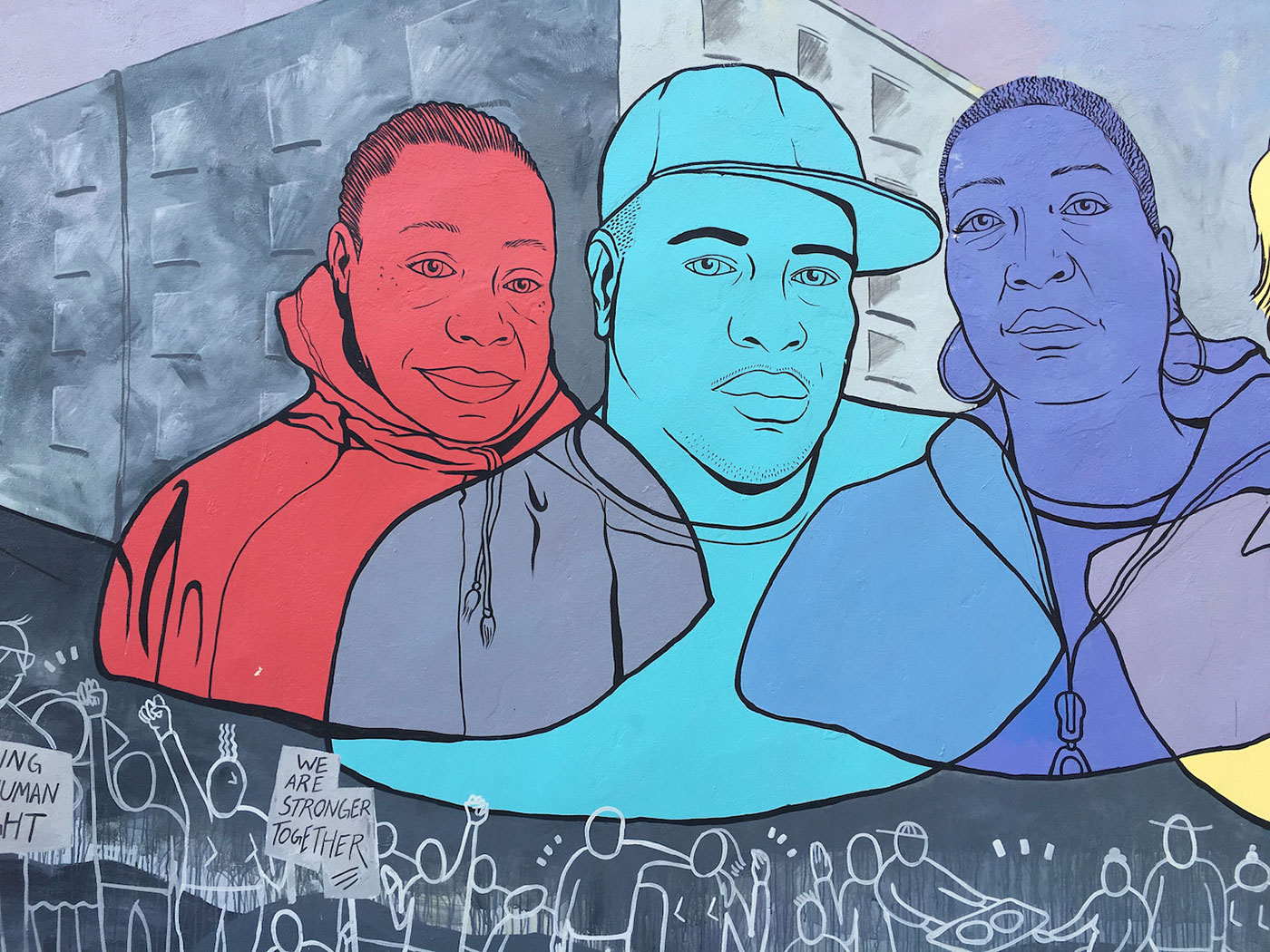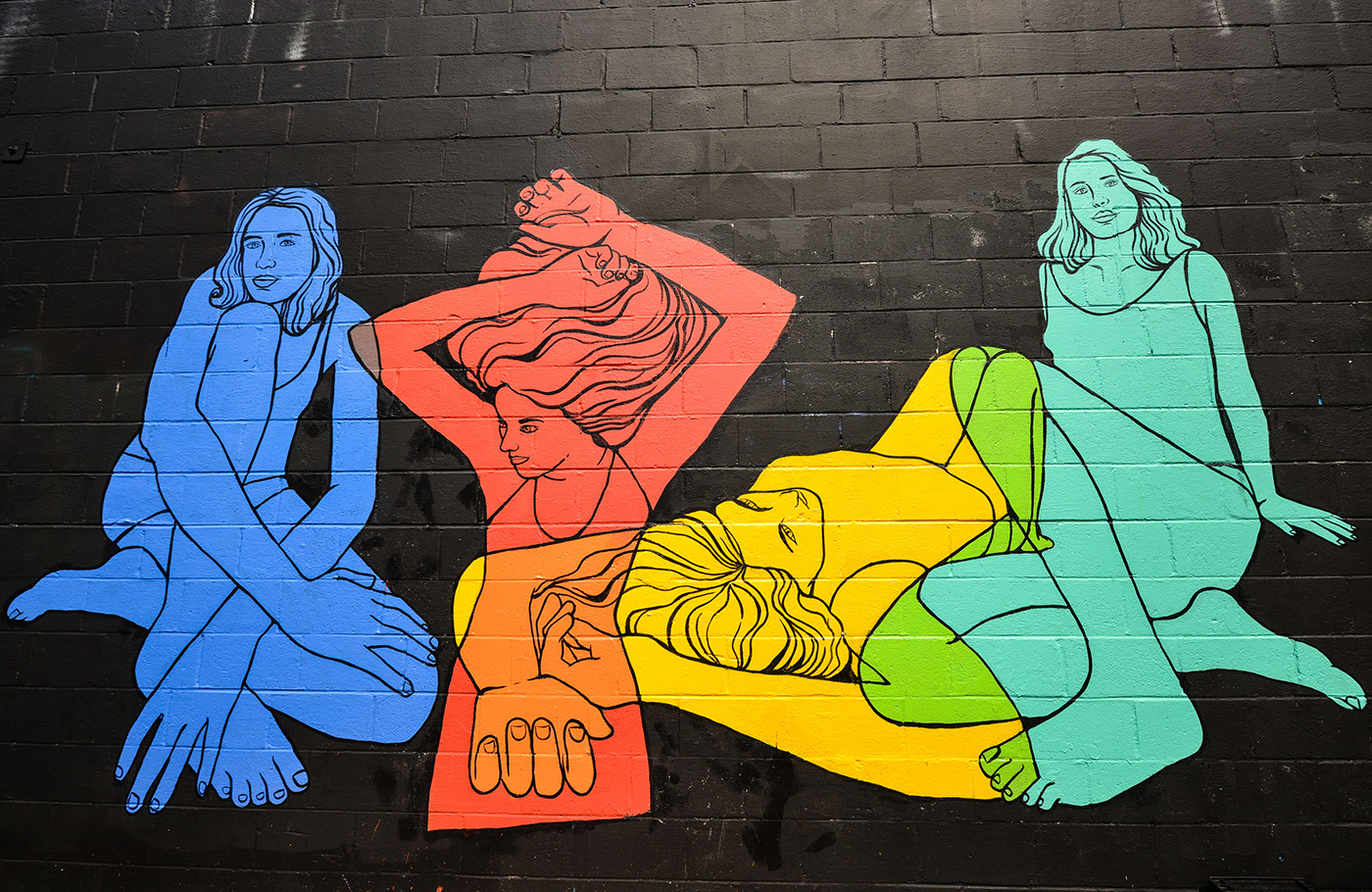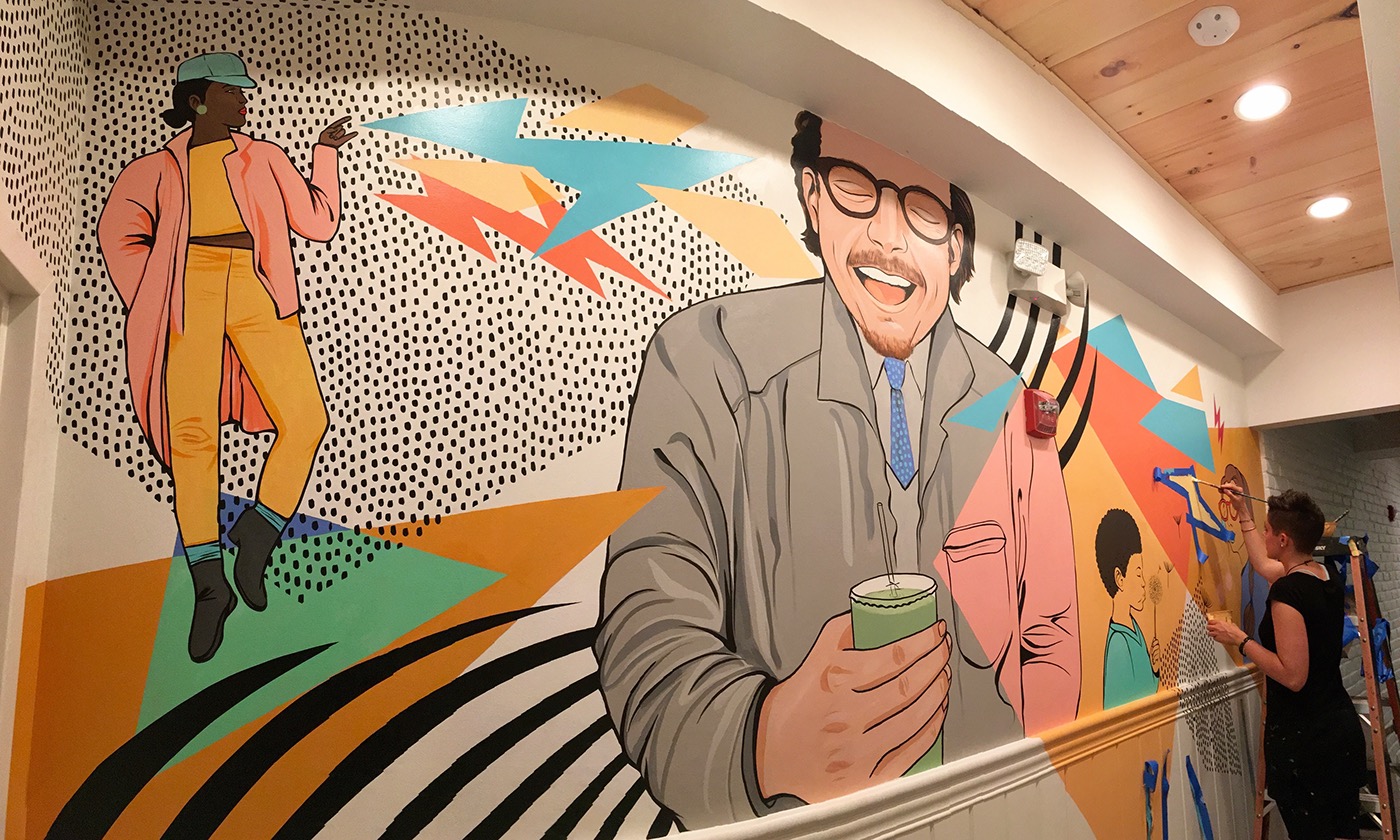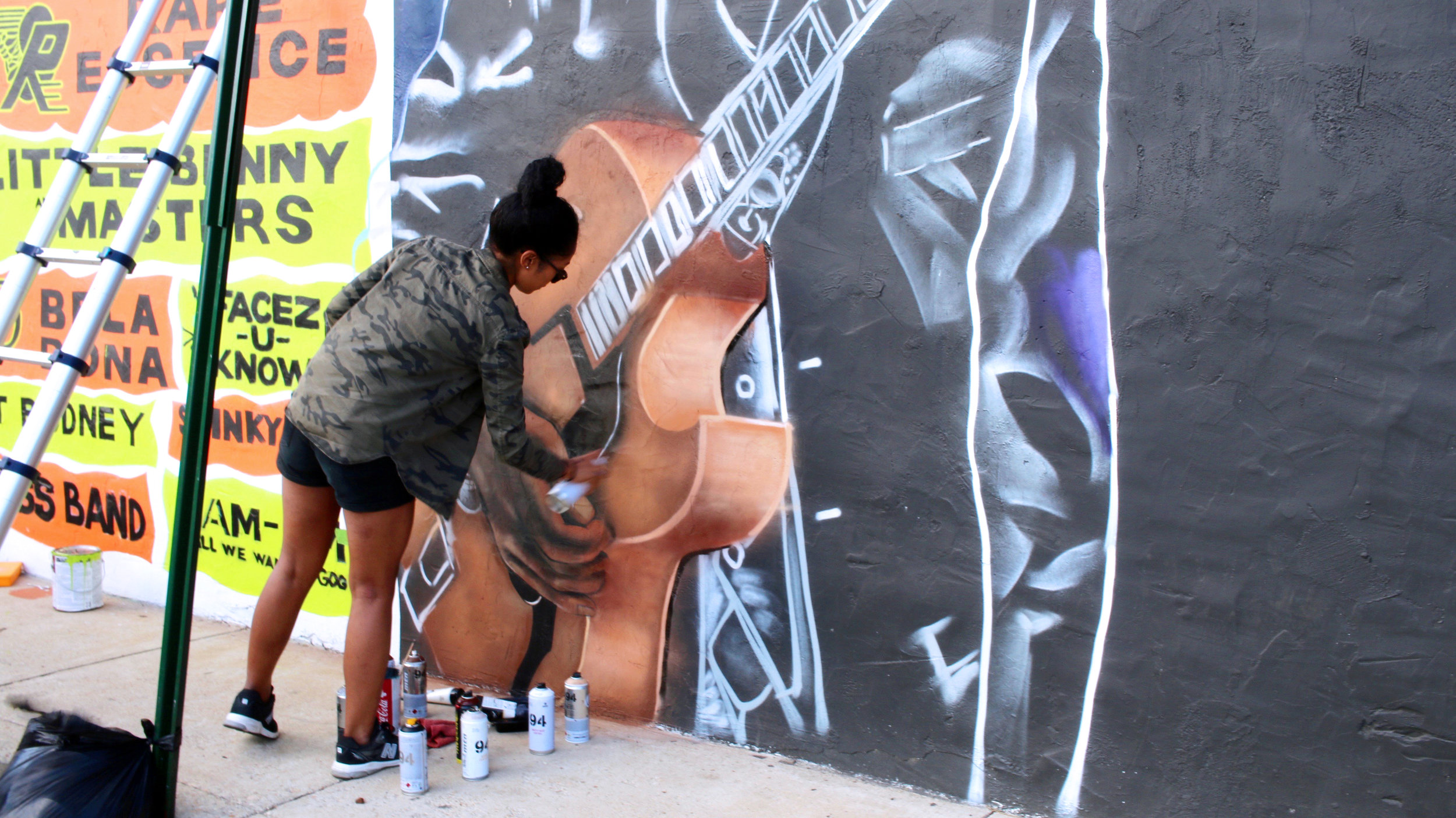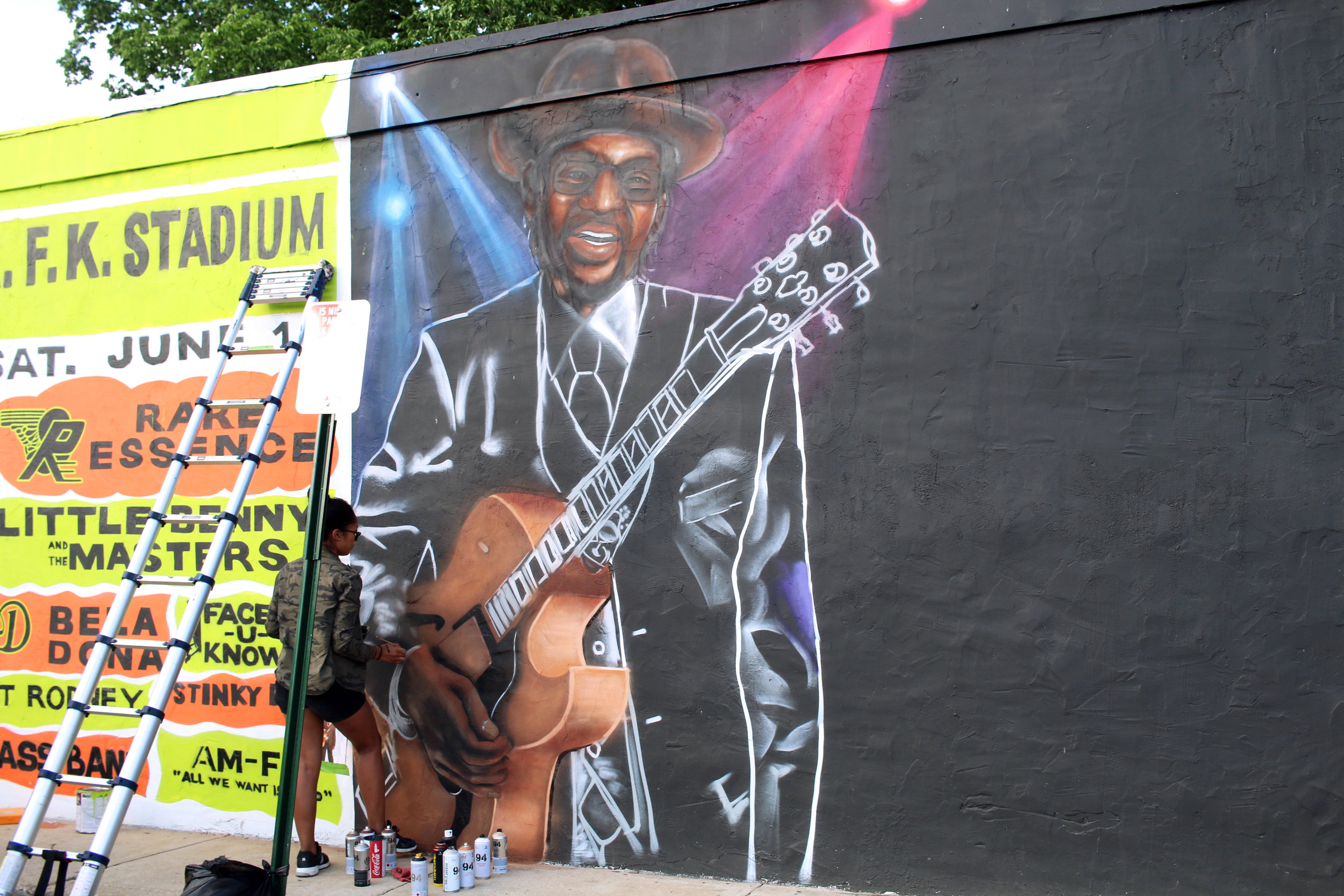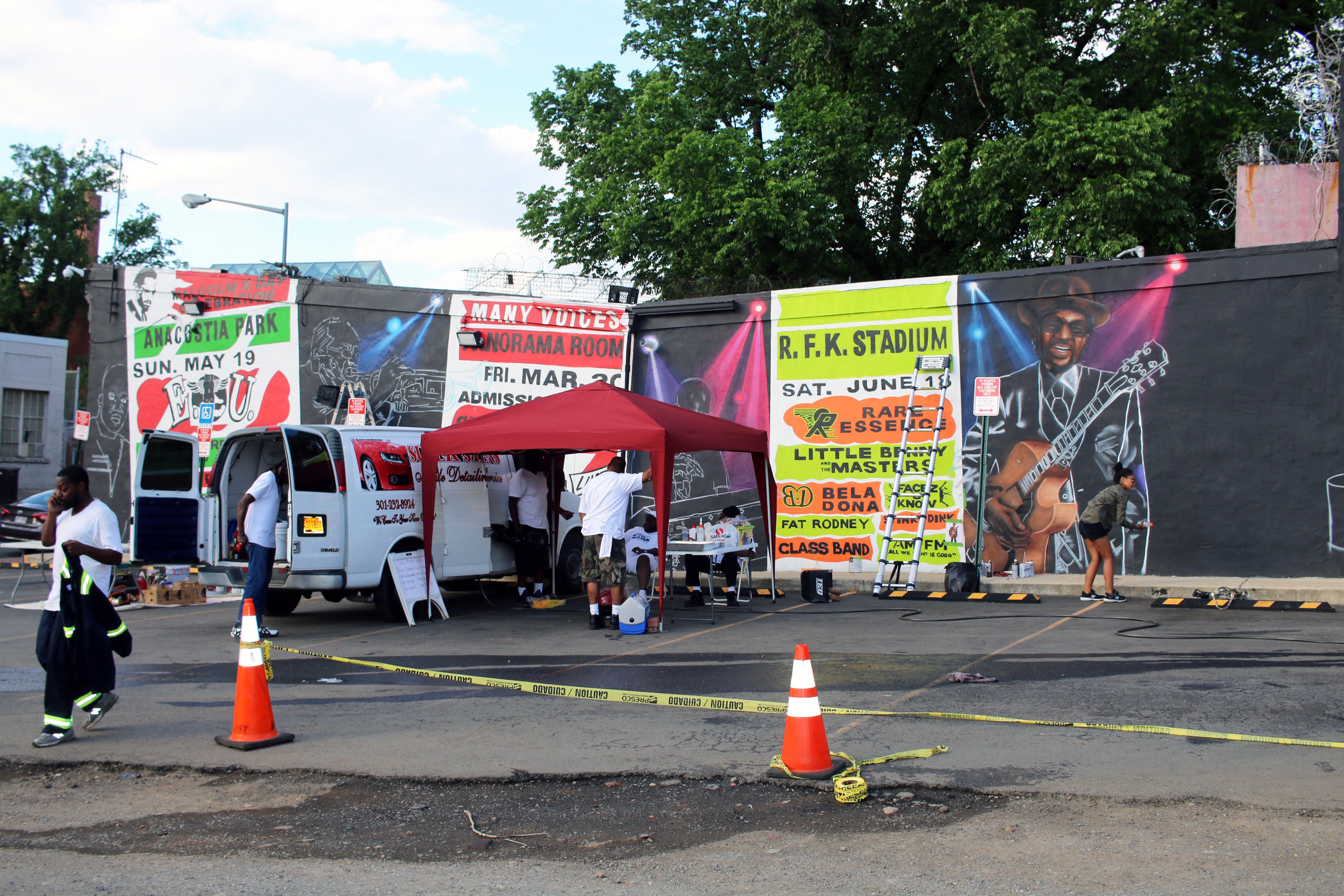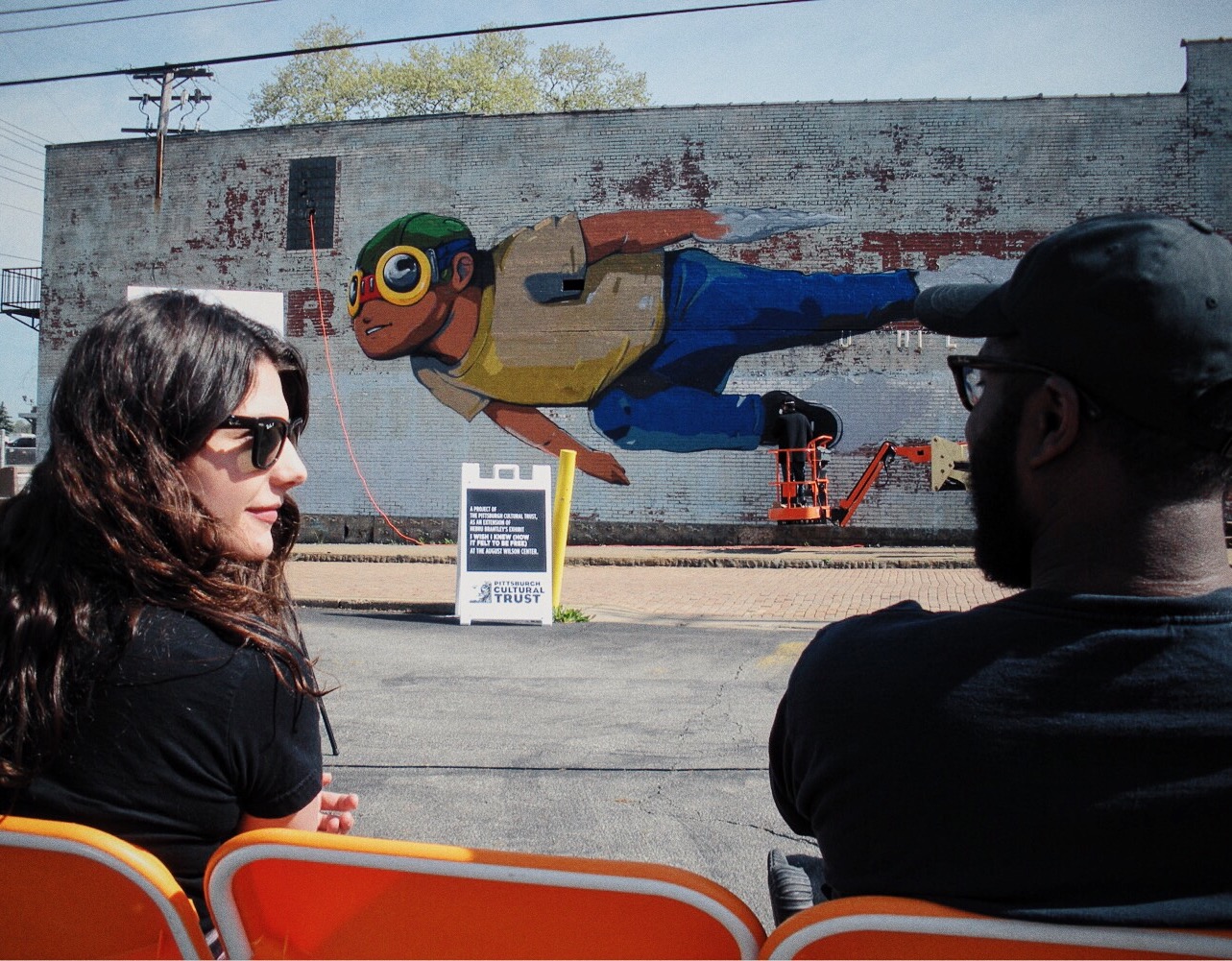Yung Mulatto photograph by Alex Young
Yung Mulatto can't help his native Southern Charm. He's the type to brew fresh tea leaves for a house guest. Tea time is one of Mulatto's hobbies, "just like doodling has always been," he said. The transplant makes a good impression upon Pittsburgh's resident artists and cool makers.
Officially named Miles Saal, 20-year-old Mulatto speaks optimistically about his time in the city. "Pittsburgh is nothing like my hometown," he said. "There weren't a lot of arts programs at my magnet high school in Jacksonville, Florida." When he moved to the 'Burgh in 2013, Creative And Performing Arts High School opened the doors for Mulatto to explore his artistry and ingenuity. "A lot of agreeable people here" get his vision.
As an illustrator and music producer, Mulatto satisfies his desires while "trying to connect people with other people," he said.
At eight-years-old, he handled the piano and the double bass. In high school, he played the trumpet. Since dropping out of the Indiana University of Pennsylvania where he studied music and film, Mulatto began to produce hip-hop. "I wanted to know more about the local scene beyond Mac and Wiz," Mulatto said.
He adores Pittsburgh for the creative people he meets. CAPA is the reason Mulatto met young rapper, James Perry. The big city, small town vibe familiarizes Mulatto with social circles. Although, SoundCloud digging and the unification of his drawing and musical skills puts Mulatto in the center of Pittsburgh's underground hip-hop community.
Mulatto's sphere of influence grows from drawing cover art for rap mixtapes or Local 412 Trading Cards done on coffee sleeves that idolize the 'Burgh's hip-hop heroes, like Pk Delay in a fur coat from his "M's" cover. Mulatto shouts out the scene regularly and casually. He doodles when he's working at the Jitters coffee shop in Shady Side. He selects local rappers, like Patches, to play through the shop's speakers. What goes in Mulatto's ears travels out of his hand on to the trading cards. The coffee sleeve drawings depict the life of the hip-hop scene and its actors like cartoons. "Danny Phantom, Anime, and Adventure Time are huge influences on my drawing style."
Importantly, Mulatto's work archives what is happening now creatively in popular Pittsburgh. He wrote out a long list of everyone he knew who made hip-hop here and the list travels as a beacon throughout social media space. Wait until the radar detects it.
The respect Mulatto has for the music community breathes organic collaborations with other artists. He drew the "Astro O2" album art for youth rap star Blackboi, and Mulatto sent him beats. Another rapper in Akono Miles received a storyboard cartoon about textbooks from Mulatto. "Cover art is the visual connection with music." Additionally, he joined with lifestyle label Reviving Real to release a mix featuring 15 local artists. He also drew the mix's artwork and placed some of his beats on the project.
He knows the rap history. "The Bushnel is one of my favorite spots in Pittsburgh," he said. A lot of musicians throw house parties at that venue in the Oakland neighborhood. "I heard extensively about the Shadow Lounge when I moved here."
While exploring the landscape, Mulatto has become a fan of R&B artist Amir Miles and boom bap producer C. Scott.
“[I’m] trying to connect people with other people.”
Further, Mulatto's beat tapes are tranquil. His production matches the realism in his doodles. Listeners hear suave trumpets. His sounds come to life, and diverse instrumentation builds his music. "Producers shape where the sound will go," he said. "Sampling is big," too. "I kinda want to make the weirdest hip-hop possible. The kind that makes you turn your ear and say, 'This is amazing!'" For a reference, Mulatto likens himself to legendary hip-hop acts like Danger Doom, Outkast, Lil B, and Tyler The Creator.
Ultimately, Mulatto calls himself a "big picture guy" and must thank the community he engages with and honors. "Pittsburgh has been really good to me," he said. Good times continue on September 16 at The Bushnel where Yung Mulatto hosts a birthday show.
